NIST 1976c custom mount
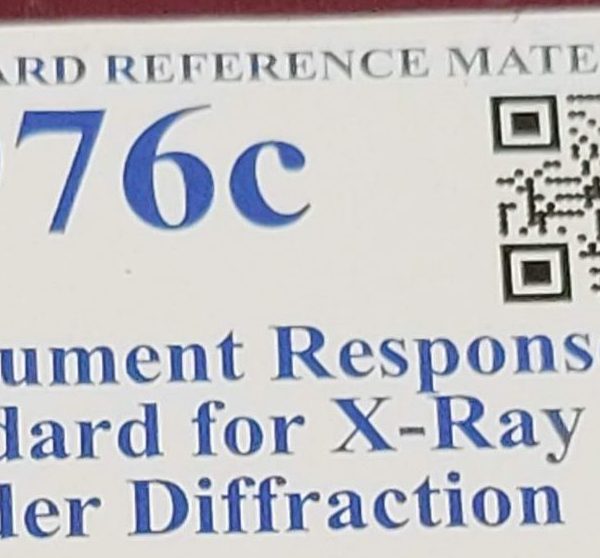
It’s easy to forget how much of our scientific work hinges upon comparative data. The entire field of metrology is concerned with the verification and maintenance of “standard reference materials” (SRMs). Creating a perfect reference standard essentially involves proving a negative. In the XRD world, we need to prove that there are no impurities, no […]
XRD tube bisection

XRD tubes rely on the ability to precisely regulate the flow of electrons from the filament to the anode in order to create x-ray emissions. That requires a completely evacuated envelope to avoid having the high-voltage short to ground. The resulting symptom is that the high voltage generator will shut down almost instantly when the […]
Mystery crystals

Curiosity may have killed the cat, but it’s the lifeblood of a well-functioning analytical lab. A few days ago, Todd was preparing a water chiller for shipping and washed out some corrosion products with acetic acid. The resulting solution was left in a beaker over the weekend and when we returned, he noticed that it […]
PMMA vs Aluminum sample holders
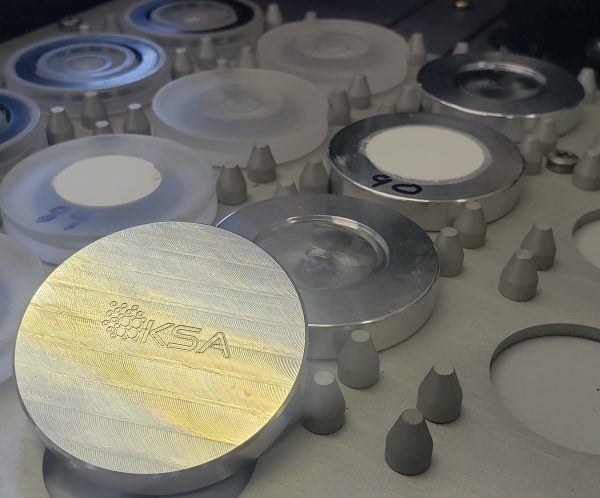
Plastic sample holders have been the default option XRD for decades. They’re inexpensive to make, good enough for most purposes, and very resistant to a wide range of chemicals. Seems like a “win” all around right? As long as they’re made correctly and from the proper materials, these work just fine. Spoiler alert: 3D printed […]
What’s really coming out of my XRD tube?
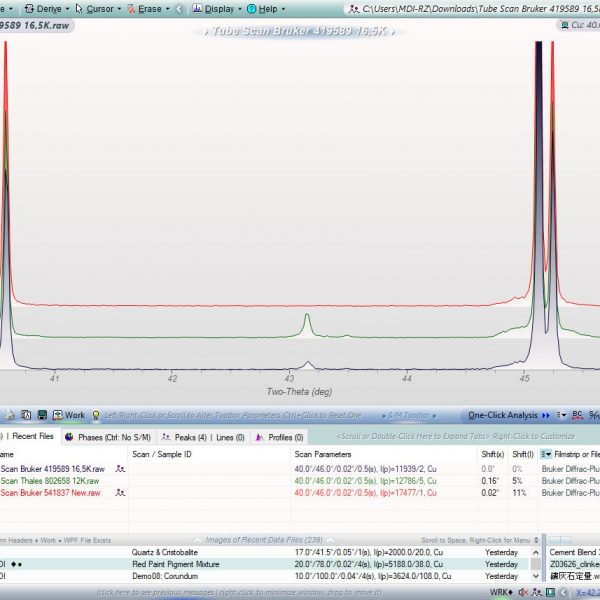
We’ve been experimenting with better ways to quantify the quality of XRD tubes in the shop. We use these tests on new and used tubes to monitor performance in two key areas. 1) Intensity 2) Spectral purity. What we’ve settled on is a test that involves a wavelength-dispersive approach which gives us a lot of […]
Bruker D2 Phaser Sample Holders
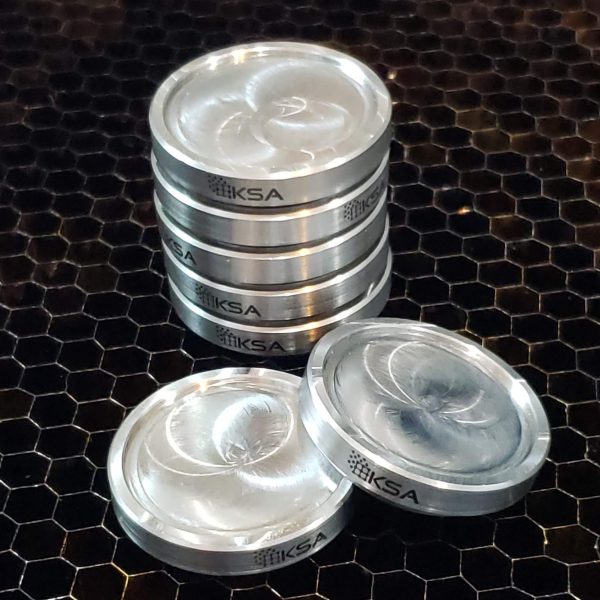
KS Analytical Systems now offers custom sample holders for the Bruker D2 Phaser 6-position autosampler. These can be finished to order with any depth and diameter of well or a zero-background plate (ZBH) with or without a well ground in the surface.
Fully digital autosampler install
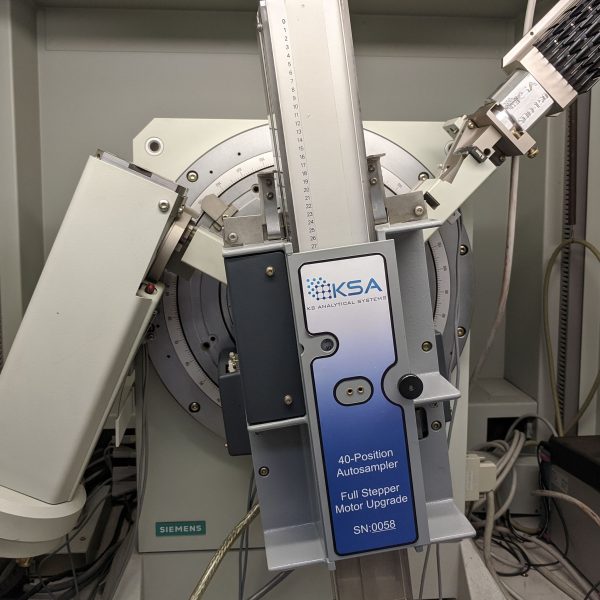
Another fully-rebuilt, digital autosampler out in the wild. This one is on a system that already has one of our Si-Drift Detectors and an awesome ICDD Jade Pro/PDF-4+ software package. We’ve got all the fancy new hardware at our in-house lab, but when we need the absolute best data, this is our goto configuration.
Sample holders for Rigaku Miniflex systems
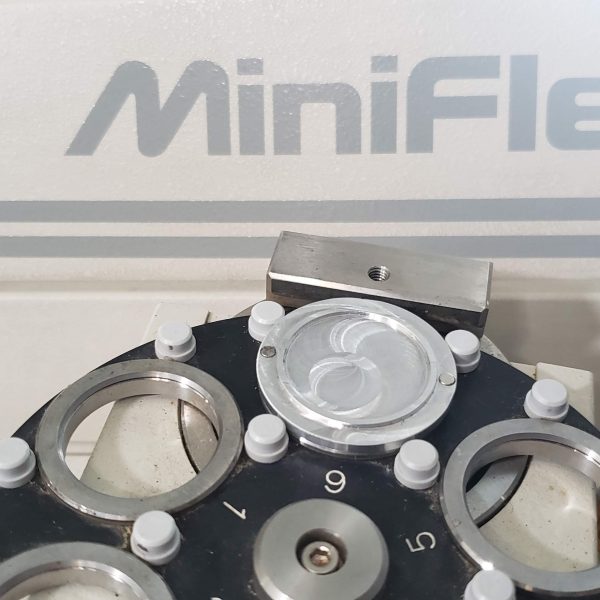
KS Analytical Systems now offers custom sample holders for Rigaku Miniflex systems. The 6-position autosamplers and rotation stages (and even some fixed stages) make use of the magnetic disk design for holding powder without taking up much extra room in the diminutive benchtop. Top-loading Rear-loading Zero-background
KS Analytical Systems now offers new Bruker XRD and XRF hardware
Energy-dispersive detector systems for XRD applications
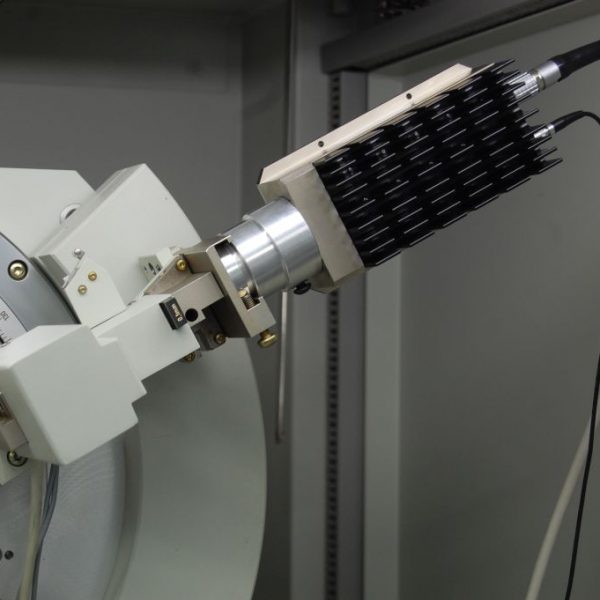
Energy resolution 140eV under ideal conditions. All KB peaks eliminated electronically. W LA1 (8.40 KeV) lines eliminated from Cu KA1,2 (8.04 KeV) scans even with thoroughly contaminated tubes. Common fluorescence energies (i.e. Fe when Cu tube anodes are used) are greatly reduced. (Brehmstralung effects are impossible to remove completely) Most PSD detectors offer no better […]

